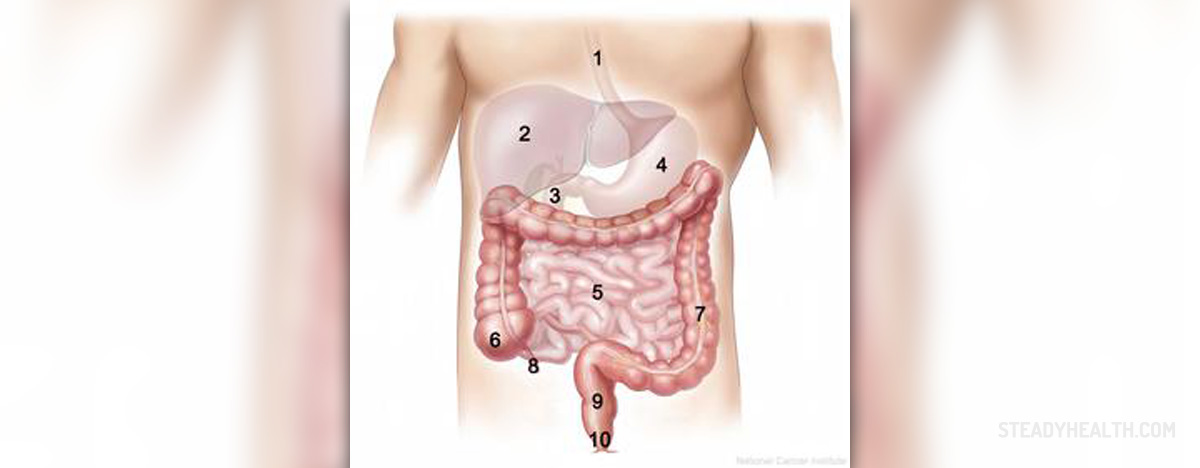
Digestion is the mechanical and chemical breakdown of food into the smaller components. Digestion takes place in the gastrointestinal tract that includes all structures from the mouth to the anus. However, stomach and intestines are the most important parts of the gastrointestinal tract, where most of the ingestion actually takes place. Digestion is a form of catabolism, which is a process of breaking down large food molecules into small ones. The food needs to be broken to such small compounds to become ready to enter the bloodstream and be absorbed by the body.
Small intestine
Small intestine is a part of the gastrointestinal tract that follows the stomach while being followed by a large intestine. Small intestine is the most important part of the gastrointestinal system since the 90% of digestion and food absorption occurs in this place. The primary function of the small intestine is to absorb nutrients and minerals from food. In the adult human being, this part of the gastrointestinal tract measures 6 meters in length and 2.5–3 cm in diameter. It is divided into three structural parts. Duodenum, which is the principal site for iron absorption; the jejunum, which is the middle section, and the ileum, the final section.
Digestion in the small intestine
Food enters the small intestine through the small muscle called the pyloric sphincter. Here, the major part of chemical digestion takes place. Digestive enzymes found in the small intestine are generally secreted by the pancreas, and they are allowed to enter the small intestine via the pancreatic duct. Digestive enzymes can break down food into smaller building blocks and prepare it to become absorbed by the body. The pancreatic juice includes a variety of enzymes, including trypsinogen, chymotrypsinogen, elastase, carboxypeptidase, pancreatic lipase, and amylase.
In the small intestines, proteins and peptides are broken down into amino acids. Trypsin and chymotrypsin, secreted by the pancreas, are used to degrade these classes of nutrients. Fats are also broken down into the fatty acids and glycerol. Pancreatic lipase works on their degradation, together with salts from the bile. Carbohydrates are broken down into simple sugars, or monosaccharides. Pancreatic amylase aids in this process.
The lining of the small intestine is covered with microscopic pieces of tissue called villi. These structures look like a shaggy carpet. Actually, villi play a special role in human digestion since all the nutrients from foods are being absorbed through them.
However, certain foods are not digestible, namely certain carbohydrates such as cellulose or dietary fiber. These nutrients are passed into the large intestine and exerted with feces.


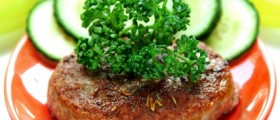
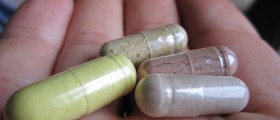
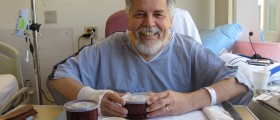
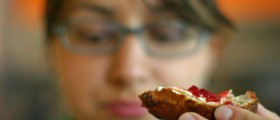
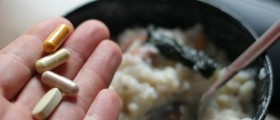
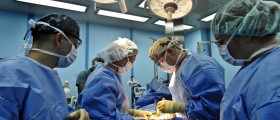


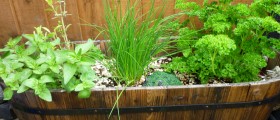
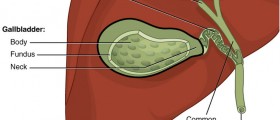



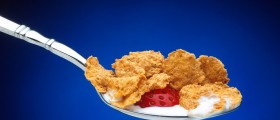
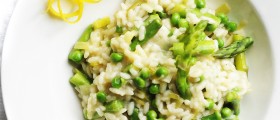
Your thoughts on this
Loading...